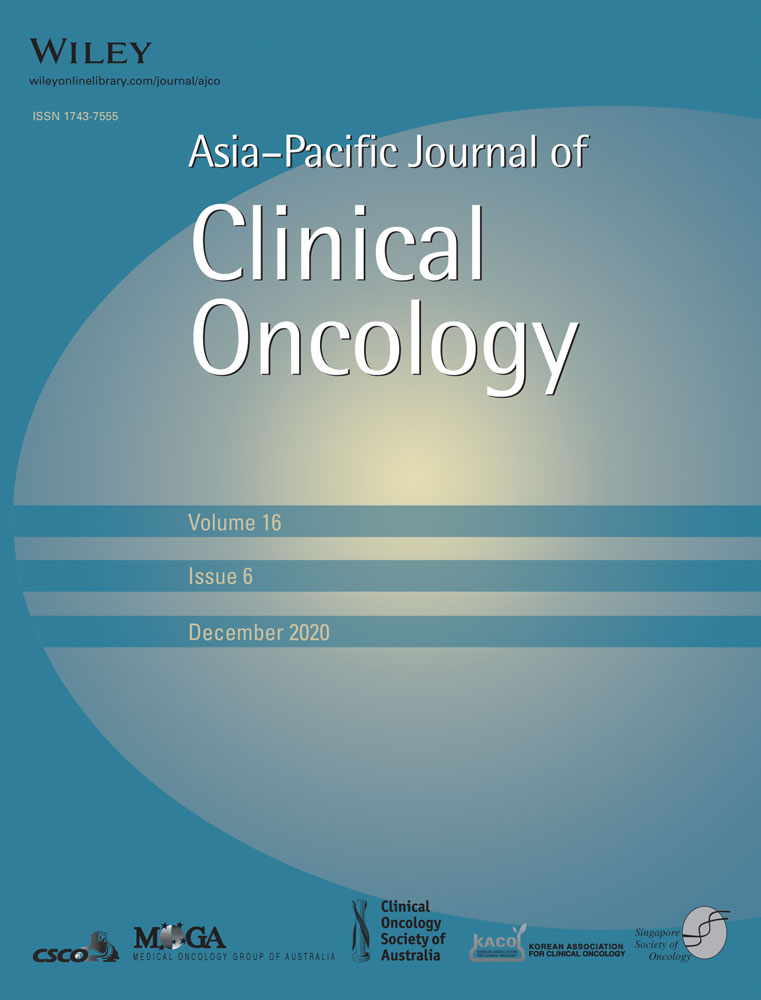Do histopathological features of breast cancer in Australian Indigenous women explain the survival disparity? A two decade long study in the Northern Territory
Present address: Department of Trauma, Royal Melbourne Hospital, 300 Gratten St, Parkville, VIC 3051, Australia.
Abstract
Aims
In the Northern Territory (NT) of Australia, Indigenous women have a lower incidence of breast cancer, but a higher mortality than Non-indigenous women. The aim of this study was to describe and compare breast cancer pathological features related to stage and biological aggression between the two groups.
Methods
Subjects were identified by extract from the NT Cancer Registry in two separate cohorts, cohort 1 (1991–2000) and cohort 2 (2001–2010). Data from cohort 1 included age, stage, tumor grade and estrogen receptor status (ER) and treatment completion. Additional pathological variables including tumor size, HER2 status, lymphovascular invasion and derived tumor phenotype were available for cohort 2. Bivariate P values for categoric variables were calculated using Fisher's exact tests. The Wilcoxon rank-sum test was used to compare cohort 2. Logistic regression was used to calculate odds ratios.
Results
There were 359 (44 indigenous) eligible women in cohort 1 and 526 (100 indigenous) for cohort 2. In cohort 1, in both cohorts, indigenous women were more likely to present at an advanced stage, but there was no difference in ER status or tumor grade. When derived phenotypes were compared, indigenous women were less likely to have better prognosis luminal A tumors, and more likely to have HER2-enriched tumors.
Conclusion
This two decade long comparison of the pathological features of breast cancer between indigenous and nonindigenous women of the NT has confirmed that Indigenous women not only present at a later stage than NI women but are also afflicted by poorer prognosis tumors, particularly HER2 enriched.




